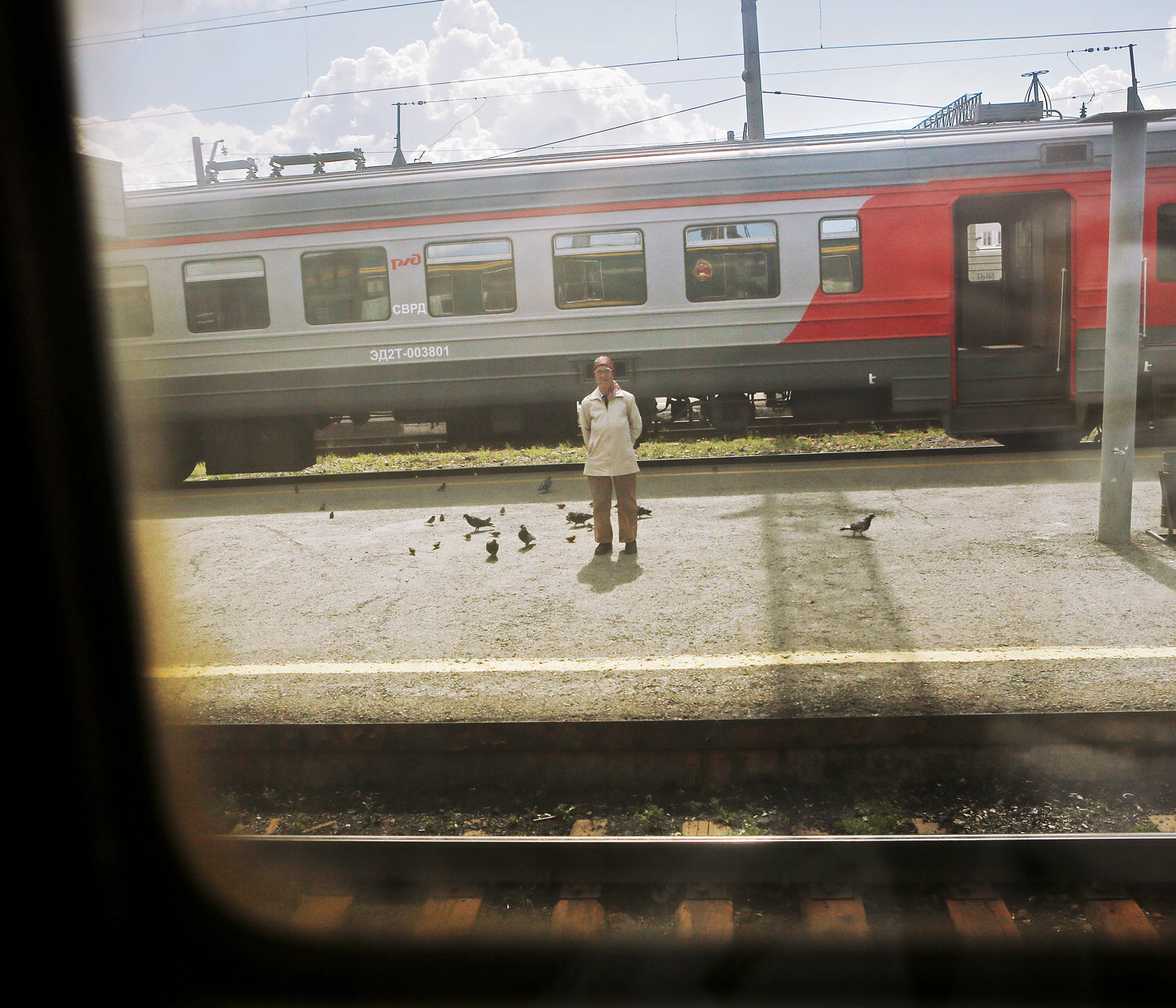




































In the summer of 2015 I took a journey on the Trans-Siberian Railway. The train took 126 hours starting in Beijing, going through Siberia and finally ending in Moscow. For a long time Russia has used the district of Siberia as a place of exile for criminals and political prisoners, due to its abominable natural conditions. I defined my experience as a “timeless journey”, attributing an unregulated feel to my images: The work consists of nature, architecture, landscapes, and people. It is not a travel diary, it is not related to any social issues. The project explores the relationship between time and space, humans and their environments. My photographs are not aim to represents what the Trans-Siberian Railway is, but rather they illustrate my own individual as a East Asian who‘s perceptions of this historical route. Those pictures do not conform to a clear and strict narrative. Similar to a imagination or memories state I provide the viewer with scattered fragments, giving them the possibility to try and make sense of those “opened” images in their own way.
In the summer of 2015 I took a journey on the Trans-Siberian Railway. The train took 126 hours starting in Beijing, going through Siberia and finally ending in Moscow. For a long time Russia has used the district of Siberia as a place of exile for criminals and political prisoners, due to its abominable natural conditions. I defined my experience as a “timeless journey”, attributing an unregulated feel to my images: The work consists of nature, architecture, landscapes, and people. It is not a travel diary, it is not related to any social issues. The project explores the relationship between time and space, humans and their environments. My photographs are not aim to represents what the Trans-Siberian Railway is, but rather they illustrate my own individual as a East Asian who‘s perceptions of this historical route. Those pictures do not conform to a clear and strict narrative. Similar to a imagination or memories state I provide the viewer with scattered fragments, giving them the possibility to try and make sense of those “opened” images in their own way.